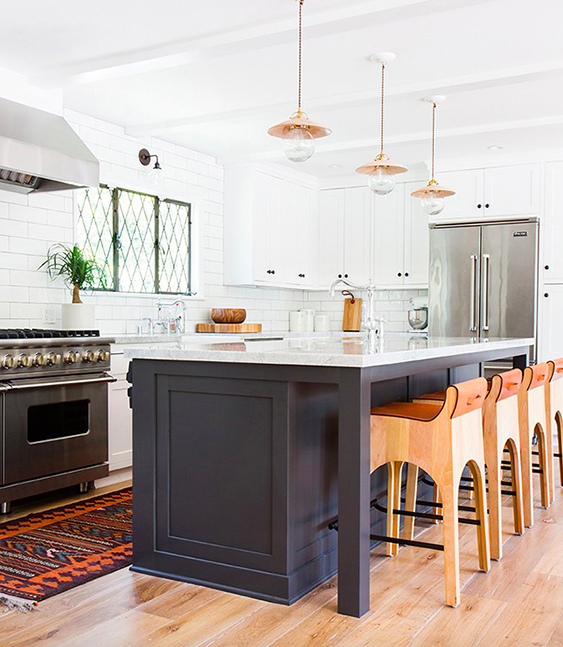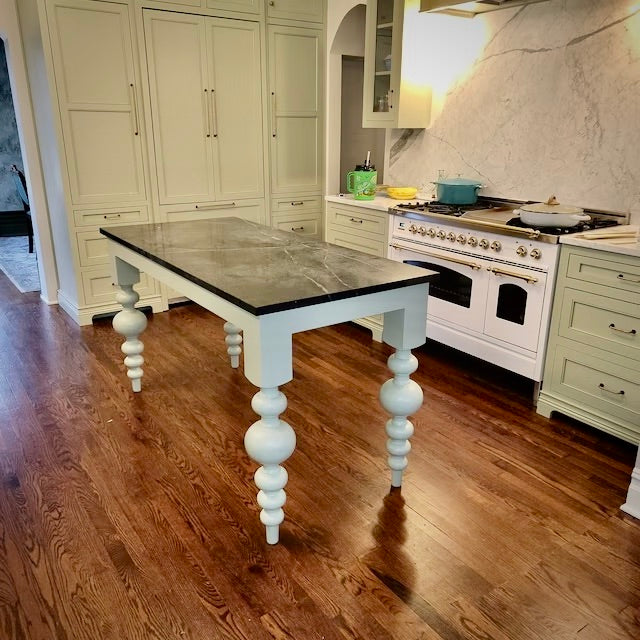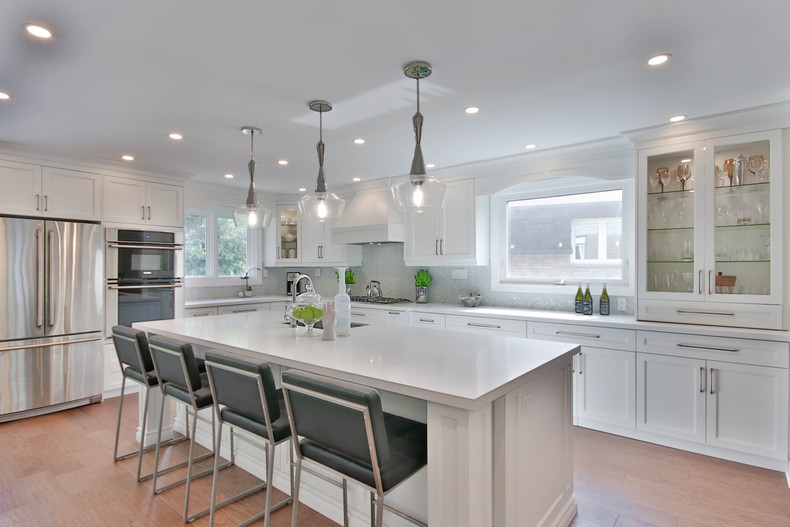Transform Your Kitchen with Gorgeous Kitchen Island Legs
A Guide to Picking the Suitable Kitchen Area Island for Your Home
Recognizing your kitchen's spatial characteristics is the initial step, making certain that the island fits seamlessly without interrupting the circulation. The choice of coatings and materials additionally plays an essential role in integrating the island with your kitchen area's overall design.
Analyzing Your Space
Prior to picking a cooking area island, it is vital to completely assess your area to make certain the addition will be both practical and visually pleasing. Begin by determining the readily available location, consisting of the size, length, and elevation of the kitchen area. Precise measurements are vital to prevent acquiring an island that bewilders the room or one that is disproportionately small.
Consider the existing layout and just how the island will integrate with the existing traffic circulation. A well-placed island should not restrain or block pathways access to essential home appliances, such as the sink, fridge, and range. Leave sufficient clearance room-- commonly around 36 to 48 inches on all sides-- to permit comfortable activity and work area performance.
Following, assess the all-natural light and sightlines within your kitchen area. An island that blocks a home window or interrupts visual cohesion can make the room feel dark and confined. Think of exactly how the island's placement will certainly affect lights and exposure, ensuring it improves instead of interferes with the kitchen's atmosphere.
Figuring Out the Purpose
Identifying the purpose of your kitchen area island is a vital action in guaranteeing it meets your certain needs and preferences. Prior to delving right into layout or dimension factors to consider, it is necessary to clarify what key function the island will serve in your cooking area. Will it be a central center for dish preparation, a laid-back dining area, or perhaps an added storage space solution?
Furthermore, ample counter room for blending and cutting, along with available storage space for kitchen area tools and ingredients, can transform the island right into a reliable workstation. Alternatively, if the island is planned to offer or assist in social interactions as a dining location, seating plans come to be vital.

Picking the Right Dimension
Selecting the ideal size for your cooking area island is an equilibrium of functionality and area optimization. A suitable kitchen area island need to give ample office while making sure that motion around the kitchen area remains unimpeded. Begin by measuring your kitchen area room; a minimal clearance of 36 to 42 inches around the island is required to enable comfortable activity and ease of access.
The measurements of the island must reflect its intended use. If the island will certainly serve largely as a prep area, a size of 24 to 36 inches could be enough.

Last but not least, ensure that the island's dimension enhances the overall kitchen format, avoiding any frustrating existence that might take away from the cooking area's visual and utility - kitchen island legs. Cautious preparation and precise dimensions will aid you achieve a efficient and unified kitchen atmosphere
Picking Materials and Finishes
After establishing the proper dimension for your cooking area island, the following action includes picking suitable materials and finishes. The option of products substantially affects both the visual charm and capability of your kitchen island. Popular materials for counter tops include quartz, granite, and butcher block, each offering distinctive advantages. Granite, recognized for its toughness and classic beauty, is extremely immune to scratches and warmth. Quartz, a crafted rock, provides a non-porous surface area that withstands discolorations and microorganisms. Butcher block, made from hardwood, adds a cozy, rustic charm and is ideal for cooking.
In enhancement to the kitchen counter, take into consideration the materials for the island base. Solid timber provides a traditional, tough look, while stainless steel provides a smooth, modern look and is simple to tidy. Repainted surfaces can present a dash of shade, with choices ranging from soft pastels to bold, vivid shades.
Pay attention to the durability of finishes, especially in high-traffic areas, to keep the island's appearance over time. Choosing the best materials and coatings will enhance both the functionality and visual charm of your cooking area island.
Incorporating Functional Functions
Including practical attributes into your kitchen area island can considerably enhance its utility and comfort, transforming it right company website into a versatile centerpiece of your kitchen. One vital feature to think about is added storage. Integrating cupboards, cabinets, and open shelving can supply much-needed space for cookware, utensils, and little home appliances, aiding to maintain a clutter-free setting.
One more beneficial addition is a built-in sink or cooktop, which can enhance meal prep work and clean-up processes. A sink can help with tasks such as washing veggies and cleaning meals, while a cooktop can permit food preparation directly on the island, promoting a much more social and interactive cooking experience.
Think about incorporating seating choices, especially if your cooking area functions as an informal eating location. Bar feceses or integrated benches can transform the island into a multifunctional space for meals, research, or casual events.
Lastly, integrating electric outlets into your kitchen area island can improve its functionality. Electrical outlets give convenient access go to this web-site for small kitchen area appliances, charging stations for electronic devices, and additional lights choices.
Final Thought

Prior to picking a kitchen island, it is vital to completely examine your area to make sure the enhancement will certainly be both practical and visually pleasing.Choosing the ideal dimension for your kitchen area island is an equilibrium of performance and space optimization. kitchen island legs. An ideal kitchen island should provide sufficient workspace while making sure that motion around the kitchen area stays unobstructed.Integrating practical features into your kitchen area island can substantially improve its energy and comfort, changing it into a flexible focal point of your cooking area.In conclusion, selecting the optimal cooking area island requires an extensive analysis of check out here the available area, clearness regarding its main function, and mindful factor to consider of the proper size and materials